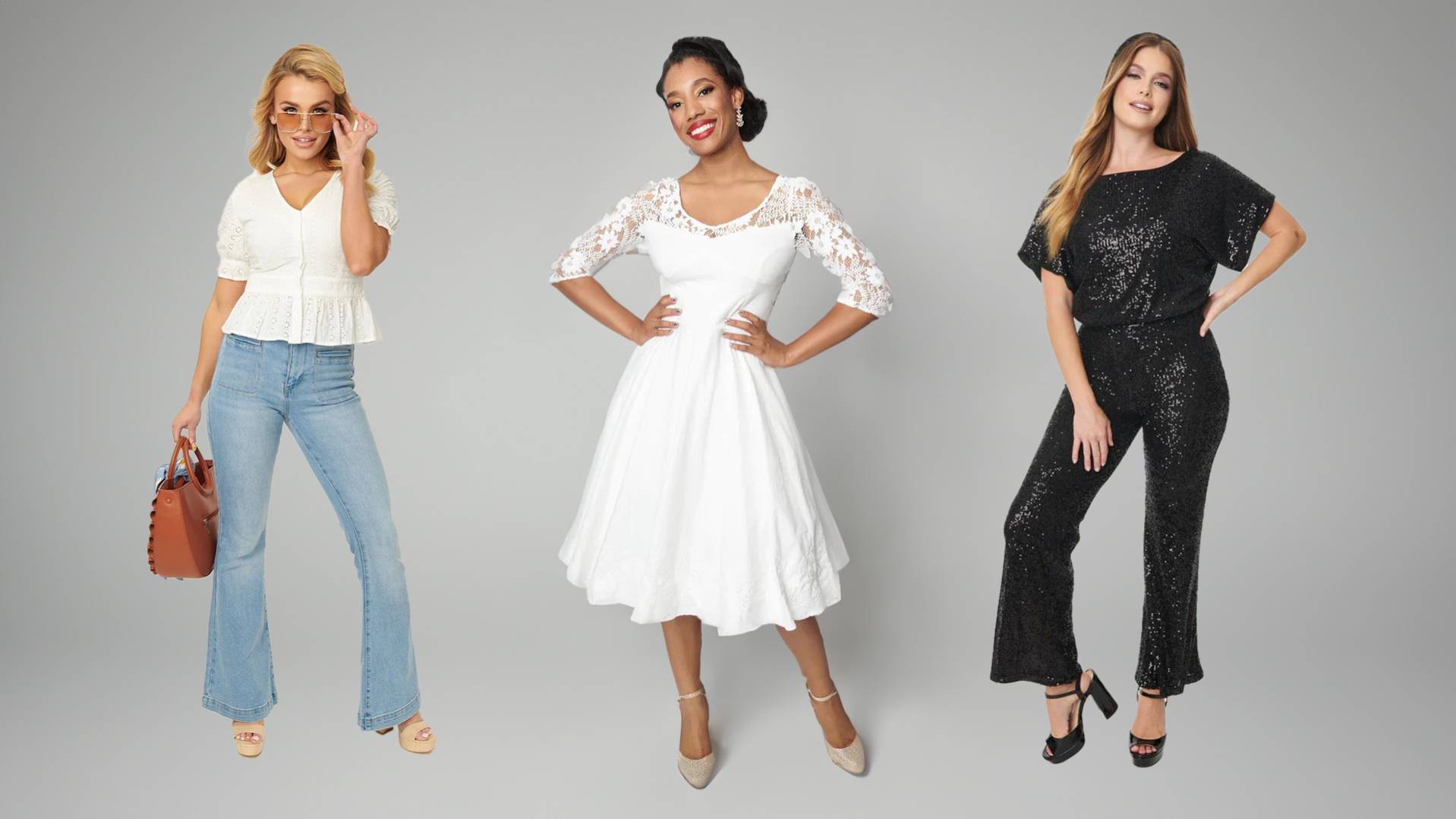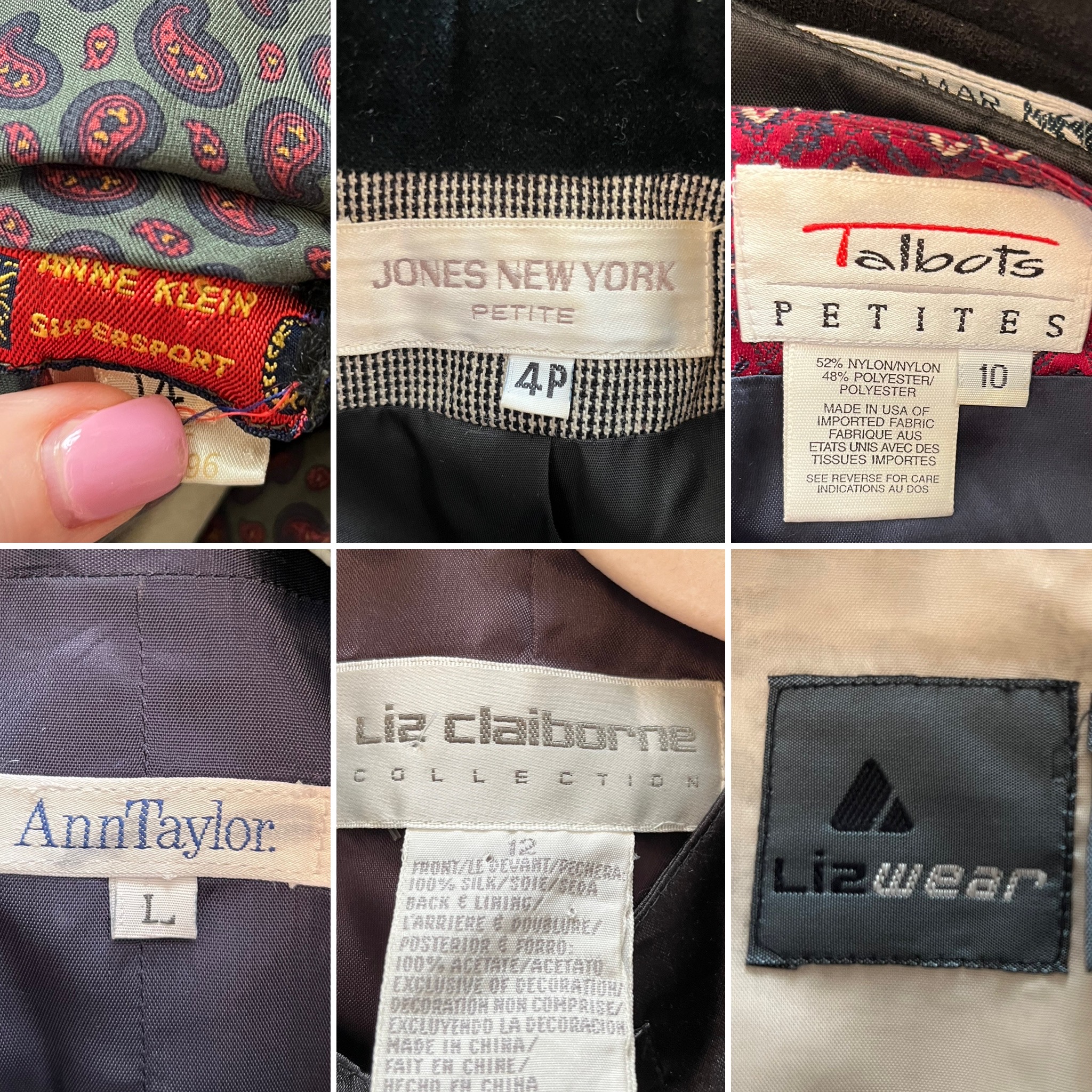Branded Clothing for Cold Climates: Which Fabrics Actually Work?
Branded Clothing for Cold Climates: Which Fabrics Actually Work?
Blog Article
The Significance of Lasting Clothes: How It Affects the Environment and Your Closet
Sustainable clothes is progressively recognized for its crucial function in lessening the ecological impact of the rapid fashion business. By focusing on eco-friendly materials and ethical manufacturing methods, it attends to pushing ecological concerns. This change not just benefits the world but likewise affects customer options, causing an extra thoughtful strategy to closet monitoring. Understanding these dynamics elevates essential questions regarding fashion's future and personal duty fit it.
The Ecological Footprint of Rapid Style

Advantages of Sustainable Materials
Lasting products use considerable advantages, particularly via green textile selections that minimize environmental damage. These materials additionally demonstrate sturdiness and long life, minimizing the requirement for constant substitutes. Consequently, they contribute to a more sustainable apparel industry and advertise responsible consumer behavior.
Eco-Friendly Material Options
While the style sector has long been associated with quick fads and environmental damage, the surge of eco-friendly textile options provides a transformative possibility. Lasting products such as organic cotton, hemp, and Tencel have actually obtained appeal as a result of their reduced ecological impact. These textiles are frequently generated without harmful chemicals and require less water, decreasing their carbon impact - Branded Clothing. Furthermore, many environment-friendly fabrics are naturally degradable, adding to a circular economic situation by decreasing waste. Choosing sustainable materials not only supports environmentally liable practices but additionally advertises healthier communities. As customers end up being more knowledgeable about their purchasing power, the need for green materials urges brands to introduce and take on even more lasting manufacturing approaches, ultimately benefiting the world and future generations
Toughness and Long Life Advantages
Several consumers are significantly recognizing the resilience and long life benefits of lasting products in their clothing choices. Unlike traditional fabrics, lasting products such as natural cotton, hemp, and recycled polyester are engineered to withstand deterioration, resulting in garments that last much longer. This lowered frequency of replacement not just conserves customers cash with time yet likewise lessens waste created by quick fashion. On top of that, sustainable apparel frequently utilizes environmentally friendly manufacturing methods that improve fabric toughness, contributing to a decrease in the general carbon footprint. By investing in long lasting garments, consumers can grow a more sustainable wardrobe while appreciating top quality pieces that preserve their aesthetic and capability gradually. Consequently, longevity and long life stand as crucial benefits of picking sustainable materials.
Decreasing Waste Through Sustainable Practices
Lowering waste in the garment industry can be attained with innovative methods such as upcycling and repurposing products. In addition, embracing minimalist wardrobe techniques encourages customers to prioritize quality over quantity, eventually reducing clothes intake. With each other, these methods add considerably to a more sustainable clothes version.
Upcycling and Repurposing Materials
Upcycling and repurposing materials have actually become cutting-edge techniques in the garment industry, transforming disposed of fabrics right into beneficial brand-new items. This approach not only lessens waste yet also urges creative thinking and uniqueness in clothing layout. By taking old garments and products, developers can produce distinct items that mirror personal style while minimizing the demand for brand-new sources. Additionally, upcycling usually requires less energy and water contrasted to traditional production procedures, significantly decreasing the ecological footprint of fashion. As consumers come to be a lot more knowledgeable about sustainability, the popularity of upcycled apparel proceeds to climb, promoting a round economy. Inevitably, these methods add to a much more lasting future, where fashion focuses on ecological wellness over rapid manufacturing and usage.

Minimalist Wardrobe Approaches
As people progressively seek to minimize their environmental influence, adopting minimalist closet strategies has actually gotten grip as an efficient method to lasting style. These approaches stress top quality over quantity, encouraging consumers to curate a smaller sized collection of flexible, long lasting clothes. By concentrating on ageless items that can be combined and matched, individuals can reduce the regularity of purchases and inevitably lower waste.Additionally, minimalism advertises conscious consumption, advising consumers to review the moral and environmental effects of their choices. This method not just promotes an extra lasting way of life however also simplifies daily decision-making pertaining to outfit. As people embrace minimalist principles, they add to a style society that values sustainability and liable consumerism, ultimately causing an extra eco-conscious culture.
The Role of Honest Labor in Lasting Style
While several consumers are increasingly knowledgeable about the ecological effects of their clothes choices, the relevance of ethical labor techniques in sustainable style can not be overlooked. Honest labor encompasses reasonable salaries, risk-free working problems, and regard for employees' legal rights, developing the foundation of liable style production. Brand names that focus on honest labor not just boost communities yet likewise set a requirement for liability in the industry.Moreover, the integration of honest techniques cultivates openness, enabling consumers to make educated options about their purchases. This method contrasts sharply with rapid style's exploitative labor models, which usually prioritize profit over individuals. By supporting firms devoted to ethical labor, customers add to a system that values human dignity alongside ecological sustainability. Moral labor is not simply an add-on; it is important to the broader mission of sustainable style, making certain that the quest for eco-friendliness does not come at the expenditure of human rights.
The Influence of Sustainable Apparel on Carbon Emissions
Sustainable apparel has the prospective to considerably decrease carbon emissions connected with the fashion business. special info Traditional garment production contributes especially to greenhouse gas exhausts, mainly due to energy-intensive production procedures and making use of non-renewable resources. On the other hand, lasting style focuses on environmentally friendly products, such as organic cotton or recycled fibers, which typically call for much less power to produce.Moreover, sustainable brands have a tendency to embrace much more reliable production techniques, reducing waste and decreasing general discharges. By focusing on resilience and classic style, lasting apparel motivates consumers to acquire less frequently, additional lowering the carbon impact related to overconsumption.Additionally, numerous lasting brands are committed to transparency in their supply chains, making it possible for customers to make educated selections that straighten with their values. Ultimately, moving in the direction of lasting apparel can cause a considerable decrease in carbon exhausts, contributing to a much healthier world and a more lasting future for the fashion business.
Sustaining Regional Economic Situations With Sustainable Selections
The change towards sustainable clothes not just addresses ecological problems but additionally substantially benefits regional economic situations. By choosing lasting fashion, customers often support local artisans and little businesses, boosting neighborhood strength. These enterprises generally operate on a smaller scale, prioritizing workmanship and moral techniques over mass production.Investing in locally made sustainable clothing cultivates task development and stimulates financial growth within communities. As consumers come to be much more conscious of the ecological impact of their purchases, they significantly seek out products that mirror their worths. This demand urges neighborhood makers to adopt lasting methods, adding to a circular economy.Moreover, supporting local services decreases transportation emissions, lining up with eco-conscious consumer habits. The interconnectedness of sustainable apparel and regional economic climates highlights the important duty that private selections play in promoting both ecological and financial health and wellness. By promoting these neighborhood connections, communities can flourish while also working towards a more lasting future.
Transforming Your Wardrobe: Tips for a Sustainable Wardrobe
As people seek to reduce their environmental influence, transforming a closet into a sustainable closet ends up being an important step. One efficient method is to assess existing apparel, maintaining only products that are worn frequently and that align with sustainability objectives. Prioritizing high quality over quantity is vital; buying sturdy pieces from environment-friendly brand names can considerably decrease waste.Additionally, integrating pre-owned products can take a breath brand-new life into a wardrobe while decreasing environmental damages. Organizing apparel swaps with visit the site friends or contributing extra things can additionally learn this here now promote sustainability.When shopping, individuals must look for products that are natural, recycled, or eco-friendly, and avoid fast style sellers - Branded Clothing. Lastly, exercising conscious intake by attentively considering each acquisition can add to a much more sustainable lifestyle. By executing these ideas, one can create a closet that shows individual style while supporting ecological stewardship
Frequently Asked Concerns
Just How Can I Determine Lasting Clothes Brands?
To determine lasting garments brands, one need to look into products made use of, check for qualifications like Fair Trade, and take a look at the brand name's transparency regarding their manufacturing processes, labor techniques, and ecological effect, making certain environment-friendly and honest practices are prioritized.
What Are the Expenses Related To Lasting Fashion?
The prices linked with lasting fashion can vary considerably. Higher manufacturing expenses, moral sourcing, and eco-friendly products typically cause boosted list prices, which may hinder some consumers while interesting ecologically conscious consumers.
Can Lasting Clothing Be Trendy and elegant?
Lasting clothing can undoubtedly be fashionable and fashionable. Designers progressively focus on cutting-edge materials and honest manufacturing techniques, showing that style and sustainability can exist side-by-side. Customers now have diverse choices that blend appearances with ecological consciousness.
Just How Does Washing Clothes Affect Their Sustainability?
Washing garments considerably impacts sustainability by consuming water and power, adding to pollution, and triggering microplastic launch. Constant washing can weaken textiles, shortening their life expectancy and increasing the demand for replacements, inevitably aggravating environmental concerns.
What Is the Lifespan of Lasting Clothes Contrasted to Quick Fashion?
The life expectancy of sustainable apparel typically goes beyond that of quick fashion things, usually long lasting a number of years because of quality products and workmanship. In comparison, quick fashion garments may break down rapidly, necessitating even more frequent replacements. Sustainable apparel is significantly identified for its essential role in minimizing the environmental influence of the fast fashion sector. While lots of consumers are progressively mindful of the environmental consequences of their clothing selections, the significance of moral labor practices in sustainable style can not be neglected. Branded Clothing. Lasting clothes has the prospective to considerably lower carbon discharges linked with the fashion market. In contrast, sustainable style focuses on environmentally friendly materials, such as natural cotton or recycled fibers, which usually need much less energy to produce.Moreover, lasting brand names often tend to embrace much more effective manufacturing practices, minimizing waste and lowering total discharges. By focusing on longevity and ageless style, sustainable garments urges customers to buy less regularly, further minimizing the carbon footprint connected with overconsumption.Additionally, several lasting brands are committed to openness in their supply chains, enabling consumers to make enlightened choices that straighten with their values
Report this page